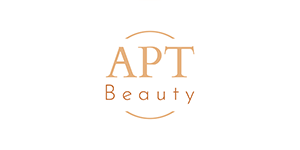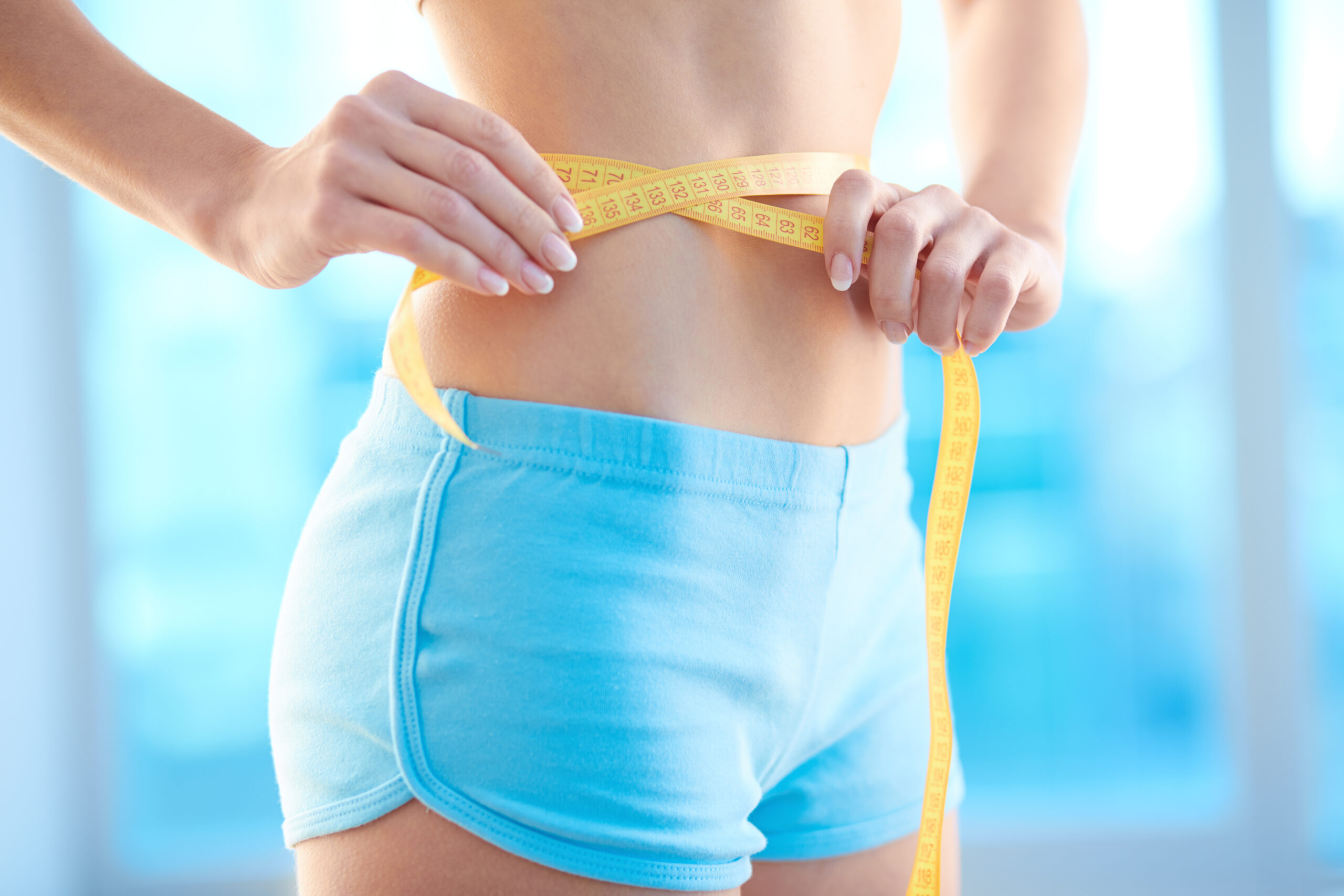Are you on a weight loss journey and exploring various methods to shed those extra pounds? In a world where innovative technologies are continually emerging, you might have come across low-level laser therapy (LLLT) as a potential solution. But does it truly work for weight loss, or is it just another fad? Let’s dive into this intriguing topic to uncover the facts.
Understanding Low-Level Laser Therapy (LLLT)
Before we delve into the effectiveness of LLLT for weight loss, let’s grasp the fundamentals of this therapy. LLLT, also known as cold laser therapy or photobiomodulation, is a non-invasive procedure that utilizes low-level lasers or light-emitting diodes (LEDs) to stimulate cell function and enhance the body’s natural healing processes. It has gained popularity in various medical and cosmetic applications, including pain management, wound healing, and yes, weight loss.
So, Does LLLT Really Help with Weight Loss?
The answer to this question isn’t a simple “yes” or “no.” LLLT for weight loss is a topic that has generated both excitement and skepticism in the field of health and wellness. Here’s a comprehensive look at the key aspects:
1. The Science Behind It:
Proponents of LLLT for weight loss claim that the therapy can stimulate fat cells to release their contents, allowing the body to metabolize and eliminate them more efficiently. Some suggest that LLLT may also enhance blood circulation and lymphatic drainage, contributing to a reduction in body fat.
2. Mixed Research Findings:
Research on the effectiveness of LLLT for weight loss has yielded mixed results. While some studies suggest that it can lead to a modest reduction in body fat, others show no significant impact. It’s crucial to note that the outcomes can vary depending on the specific LLLT device, treatment protocols, and individual factors.
3. Lifestyle Factors Matter:
LLLT should not be seen as a standalone solution for weight loss. Healthy eating habits, regular exercise, and lifestyle choices remain paramount when aiming to shed pounds. LLLT can potentially complement these efforts, but it is not a magic bullet.
4. Safety and Side Effects:
LLLT is generally considered safe, with minimal side effects such as mild redness or skin sensitivity at the treatment site. However, it’s essential to consult with a qualified healthcare professional before undergoing LLLT, especially if you have underlying medical conditions.
5. Individual Variations:
Individual responses to LLLT can vary. Factors such as genetics, metabolism, and the specific areas targeted for treatment may influence the outcomes. It’s essential to manage expectations and consult with a healthcare provider who can assess your unique needs.
Can LLLT Replace Traditional Weight Loss Methods?
While LLLT may offer some benefits in the quest for weight loss, it’s essential to view it as a complementary approach rather than a replacement for traditional methods. Here are some important considerations:
- Diet and Exercise: Sustainable weight loss primarily depends on maintaining a balanced diet and incorporating regular physical activity into your lifestyle. These fundamental practices should always be the foundation of any weight loss plan.
- Long-Term Commitment: LLLT sessions are typically recommended in a series, and results may not be immediate. Consistency and patience are key to achieving and maintaining your desired weight.
- Consultation with Professionals: Before embarking on any weight loss journey, it’s advisable to consult with healthcare professionals who can provide personalized guidance and recommendations tailored to your specific needs.
More Questions? More Answers.
To further explore the potential of LLLT for weight loss, it’s important to consider additional questions:
1. Are There Different Types of LLLT Devices?
Yes, various LLLT devices are available in the market, each with its specifications and intended applications. The effectiveness may vary depending on the device used.
2. What Is the Typical Duration of an LLLT Session?
LLLT sessions usually last anywhere from 20 to 40 minutes, depending on the treatment area and the specific device’s settings.
3. How Many Sessions Are Needed?
The recommended number of sessions can vary but often ranges from 6 to 12 sessions over several weeks. Your healthcare provider can determine the best treatment plan for you.
Conclusion
In the ever-evolving landscape of weight loss solutions, low-level laser therapy (LLLT) emerges as a promising option. While it may offer some benefits in terms of fat reduction and body contouring, it’s crucial to approach it with realistic expectations and as part of a holistic weight loss strategy. LLLT should complement, not replace, a healthy lifestyle that includes a balanced diet and regular physical activity.
Remember that individual responses to LLLT may differ, and consulting with healthcare professionals is essential for personalized guidance. As you explore various methods on your weight loss journey, consider LLLT as a potential tool in your toolkit, but maintain a comprehensive and sustainable approach to achieving your health and wellness goals.


